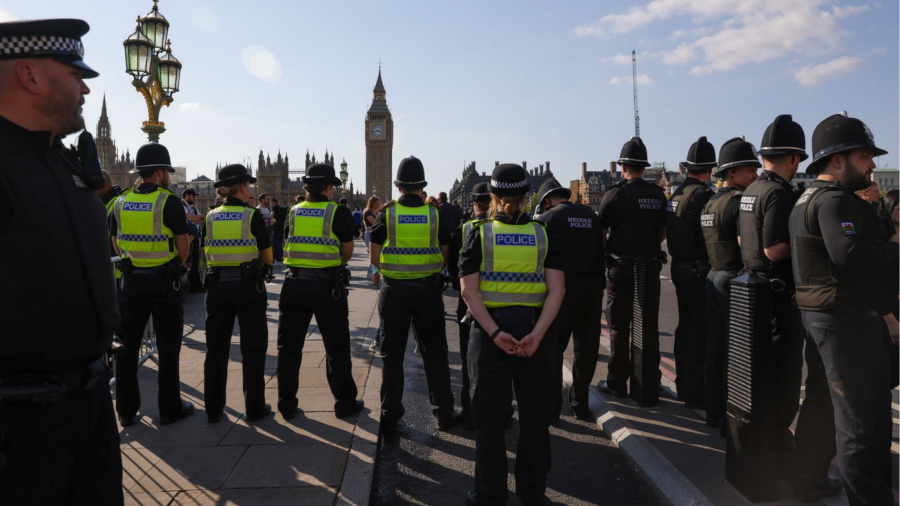
London’s police force is mounting its biggest ever operation in response to the death of Queen Elizabeth II, culminating in her state funeral on Monday, according to a senior officer.
Stuart Cundy, deputy assistant commissioner at the Metropolitan Police, said on Friday that the safeguarding of foreign leaders and other dignitaries attending the funeral would amount to the “single largest global protection operation ever undertaken by the Met”.
Leaders who have confirmed that they will be attending the funeral in the UK capital include US president Joe Biden, European Commission president Ursula von der Leyen and Australian prime minister Anthony Albanese. Hundreds of dignitaries are arriving from across the world, including members of several royal families.
Thousands of Met police officers are being deployed and 2,000 reinforcements have been brought in from almost every other force across the UK.
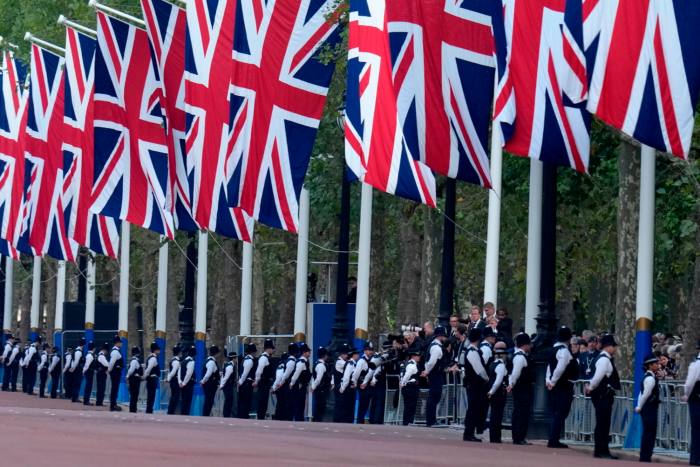
About 1mn people are expected to flock to London on Monday, and the police operation to secure events is the most complex in the history of the British capital, partly reflecting how there is no physical perimeter around many of the proceedings.
“This will be the largest single policing event that the Met police has undertaken, larger than the 2012 Olympics, larger than the [Queen’s] platinum jubilee weekend [in June],” said Cundy.
He added the Met would be using every resource at its disposal, ranging from sniffer dogs and horses to helicopters and surveillance. Armed and unarmed officers will be on patrol across central London.
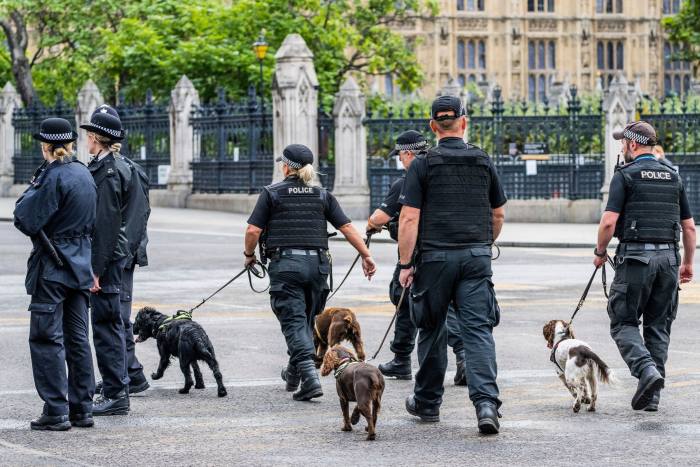
In the background, MI5, Britain’s domestic security service, and GCHQ, the signals intelligence agency, will be on the lookout for any plots to disrupt events, and SAS soldiers will be on standby.
“Our contingency planning considers a whole range of scenarios including terror attacks, criminal activity and crowd surging,” said Cundy.
He added that an incident in the capital’s West End on Friday in which two police officers were stabbed was not considered as terror-related, or connected to events surrounding the Queen’s death.
But Cundy said: “The fact that two of our brave colleagues have been attacked in central London brings into sharp focus the need for all officers on duty and members of the public to keep that vigilance.”
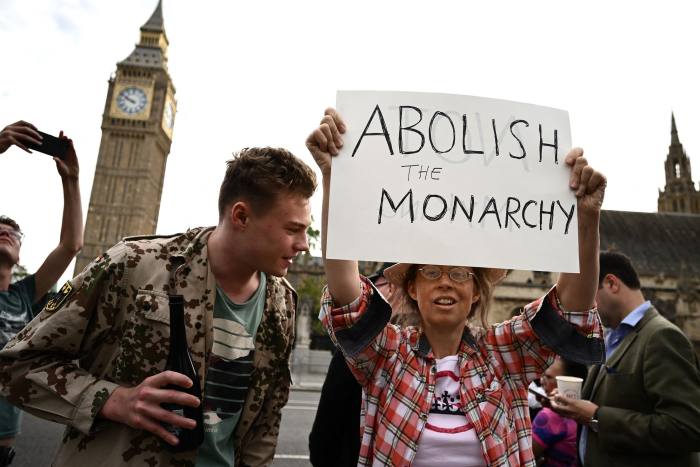
Police will be closing roads from Sunday in preparation for the funeral and erecting 36km of barriers to control the flow of crowds.
The funeral will take place in Westminster Abbey in front of a congregation of about 2,000 invited guests. After the service, the Queen’s coffin will be taken by gun carriage in a procession led by King Charles III from the abbey to Wellington Arch at Hyde Park Corner, and then travel by hearse to Windsor for a private burial.
Following a public backlash against the arrest of anti-monarchy protesters, the Met is attempting to handle any demonstrations sensitively. “We will only take action where it is absolutely necessary,” said Cundy.
Andy Byford, Transport for London commissioner, said organisers were preparing for about 1mn people to congregate in the immediate area around the funeral at Westminster, as well as royal palaces and royal parks.

He said there would be “unprecedented numbers of people in a comparatively confined space within the middle of the city”, but that London’s public transport system had the capacity to cope.
He said the funeral on Monday represented the biggest challenge for London’s transport network since the 2012 Olympics.
The government’s co-ordination of Operation London Bridge, the code name for plans surrounding the Queen’s death, is being led by Nadhim Zahawi, chancellor of the Duchy of Lancaster.
Zahawi chairs a daily meeting of ministers and officials in Cobra, or Cabinet Office Briefing Room A, in Whitehall.
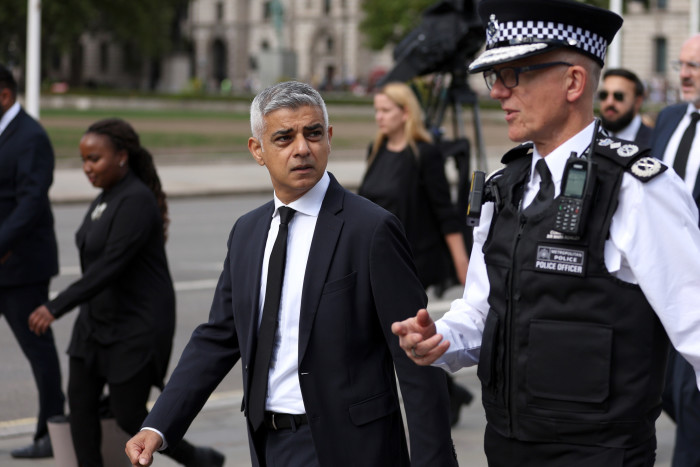
Prime minister Liz Truss chaired the first Cobra meeting convened after the Queen’s death, but has left most of the co-ordination to Zahawi, as she focused on official duties linked to the 10-day period of national mourning.
Ministers including home secretary Suella Braverman and defence secretary Ben Wallace, have taken part in the Cobra meetings, which have also involved Sir Mark Rowley, the Met commissioner, and Sadiq Khan, mayor of London.
About 100 Whitehall officials have formed the core of the Operation London Bridge planning team, and their work has been informed by reviews of previous state funerals going back to Queen Victoria.